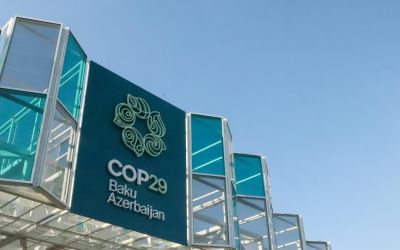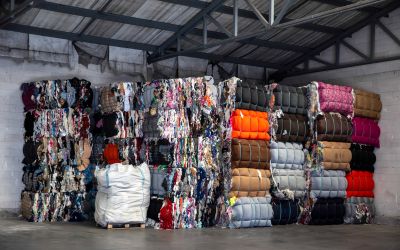Carbon labels misleading, consumer organisation warns
European consumer organisation has warned that current carbon footprint labeling of consumer products is misleading.

 European consumer organisation ANEC has released a new study warning that labeling consumer products with their carbon footprints may not be the best approach to combating climate change.
European consumer organisation ANEC has released a new study warning that labeling consumer products with their carbon footprints may not be the best approach to combating climate change.
The study carried out by the Oko-Institut and released by ANEC on July 8th said that rather than informing consumers, focusing on carbon footprints could at worst mislead customers and increase negative environmental impacts.
By focusing solely on CO2 emissions these labels can actually distract attention from other environmental concerns such as water usage, the report claims.
As global warming enters further into public consciousness, the incentive to label consumer goods with information pertaining to their carbon footprints continues to gather in speed - the British Carbon Reduction Label and the German Climate Change Label are but two examples.
While there appears to be clear reasoning behind these labels, namely providing customers with information regarding the product's full life cycle and resulting greenhouse gas (GHG) emissions, the new report claims that such information can be overly complicated and confusing.
ANEC has stated that because the process of creating a standard method for product carbon footprinting is still in progress it can prove difficult to compare information provided by individual companies. It has said that these labels are nothing more than means of industry self-assessment rather than being independently verified, as consumers may believe.
The organization also claimed that most labels use single numbers to indicate their impact on the environment and this may well render them incomprehensible for consumers.
In light of this ANEC suggests a ratings scheme to accompany the numbers. For example, the use of the EU label's well-known A-G scale may provide consumers with a greater understanding as to the product's specific CO2 content.
The study also stressed that energy efficiency indicators can be better suited to addressing climate change issues because efficiency can be reliably measured and regulated by legislation. As CO2 emissions are directly relevant to both energy and fuel consumption, this would be the case for either cars or household products.
However the report suggested an alternative approach to labeling food products. Here, carbon footprinting could serve as the basis for developing general climate conscious recommendations for consumers. This could include labels such as 'eat regional and seasonal food' or 'eat less meat', the report added.
Since January this year companies have had the opportunity to label food in the UK with environmental labels. Companies such as PepsiCo and Tesco have been displaying carbon reduction labels showing the total amount of carbon produced in growing, packaging and transporting the food.
ANEC Secretary General Stephen Russell stressed the need for a change in the labeling of consumer products. He said, "Tools other than PCF may indeed be cheaper and more reliable in addressing the inclusion of climate protection in consumer information."
Euan Murray, head of footprinting of the Carbon Trust, argued that the main consumer concern was knowing which particular brands were actually reducing the carbon footprint of their products.
He said, "The Carbon Reduction Label provides a simple and powerful way to communicate this."
Mr Murray continued, "Of course the methodologies will evolve over years to come, but the concept of carbon labeling is sound, important and should be welcomed."
With climate change high up on the political and business agendas, carbon footprinting has "become fashionable" and market demand is increasing. ANEC suggest a simple and straightforward eco-label could both reduce consumer confusion and contain all necessary carbon-related information.
Author: Tom Watts | Climate Action
Images: FotoosVanRobin | Flickr






